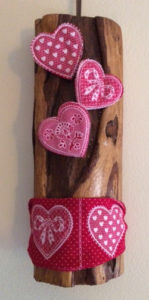
Celebrate Valentine’s Day Fresh Berry Cheesecake
Try this recipe for Fresh Berry Cheesecake for Valentine’s Day or any special day of the year. The recipe calls for 1 or 2 Tbsp Ferrari-Carano Eldorado Noir. This special recipe is provided by Ferrari-Carano Vineyards & Winery in Sonoma County’s Dry Creek Valley.
Fresh Berry Cheesecake
Serves 8 to 10
Ingredients
Crust
1 cup brown sugar
2/3 cup finely chopped walnuts
1-1/2 cups all-purpose flour
1/2 cup melted butter
Filling
8 oz light cream cheese
1/4 cup sugar
1 egg
2 Tbsp half & half
1 Tbsp lemon juice
1 Tbsp vanilla extract
Topping
2 cups fresh assorted berries: black, red, raspberries, blueberries, thoroughly chilled (or thawed frozen berries with no added sugar)
1/2 cup blackberry preserves
1 or 2 Tbsp Ferrari-Carano Eldorado Noir
Directions for Crust
1. To make crust, combine brown sugar, walnuts, flour and melted butter and mix together until crumbs adhere when they are pinched together. Press into 10-inch tart shell with a removable bottom and bake 12 to 15 minutes in preheated oven at 350°. Cool.
Directions for Filling
1. For the filling, beat cream cheese and sugar with an electric mixer until light and fluffy. Add egg, half & half, lemon juice and vanilla and beat well.
2. Pour into crust and bake 20 minutes longer. Cool to room temperature before adding fruit.
Topping
1. In a small saucepan over low heat, thin blackberry preserves to a syrupy glaze with 1 or 2 tablespoons of Ferrari-Carano Eldorado Noir.
2. Pile fruit on top of cheesecake. Spoon preserves over it. Chill.
3. Bring to room temperature before serving. To serve, release sides of pan, transfer to serving platter and cut in wedges.
Recipe provided by Ferrari-Carano Vineyards & Winery
-1.5in.jpg)


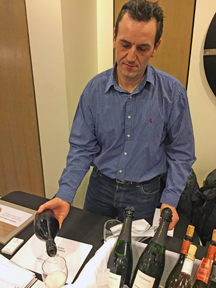
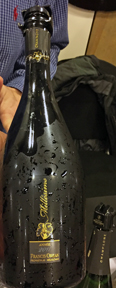
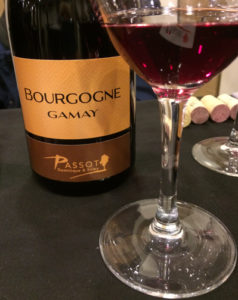
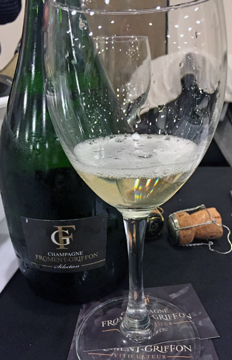
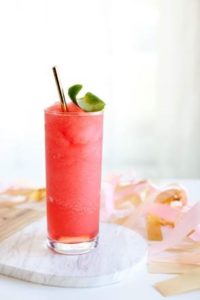
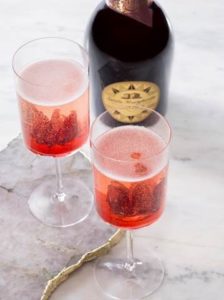
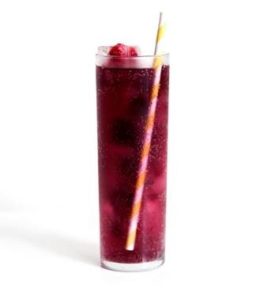
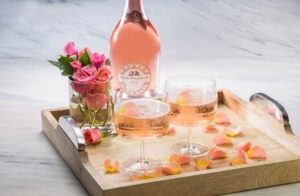

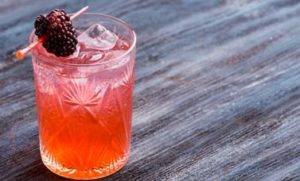
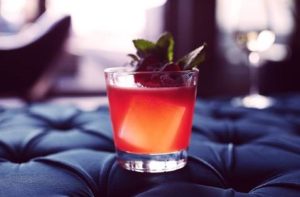
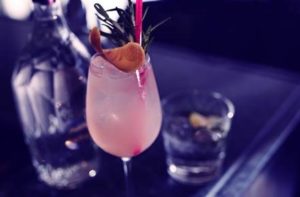
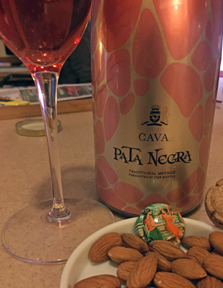

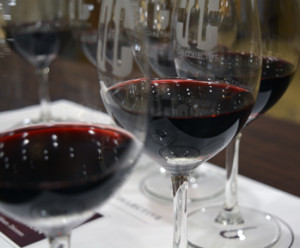
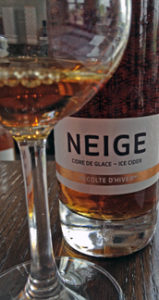
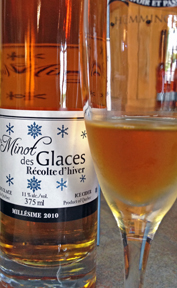
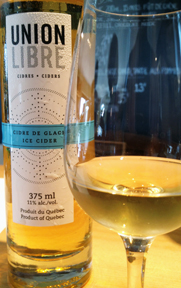
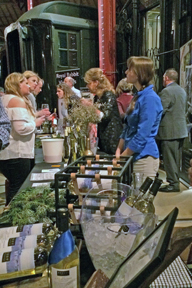
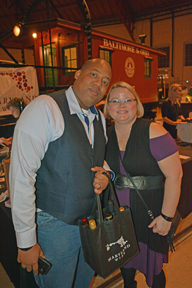
How Wine Enthusiasts Can Make the Most of Lent Part 1
Tsolikouri grape vines in the country Georgia.
When I was a child I had to decide what to give up for Lent. Candy came to mind. Since I eat very little candy now, it does not seem right to give up something for Lent that I probably would not have anyway. Material goods are a challenge to give up for Lent. By the way, wine is not on our list of items to give up during Lent.
Last year, someone posted an image on Facebook that showed a list of non-material concepts that would be good to give up for Lent. Some of the items on the list included fear, impatience, worry and the need to please everyone. As Kathy and I looked over the list, we came up with examples of wine-related concepts for wine enthusiasts to give up for Lent.
Give Up: Fear
Try a wine from a grape variety you have never tried before. Don’t be afraid to try some of the thousands of varietal grapes that are used to make wine. Although the international grape varieties are most plentiful, with a little searching, you can try wines crafted with grape varieties that are new to you. Specifically look for wines from the country Georgia, Portugal, Italy and the lesser known areas of France. You may discover a wine that you like.
Cava made with Xarel-lo and Macabeo
Give Up: The Need to Please Everyone
It is unusual that a wine will please everyone at a dinner party. Everyone has their own likes and dislikes. However, there are some go to wines that pair well with occasions. At a Lenten dinner party serve a cava made from the traditional Spanish grapes Xarel-lo, Macabeo and Parellada. Don’t worry about needing to please everyone. Wine enthusiasts who prefer a blanc de blancs made with Chardonnay or a blanc de noirs made with Pinot Noir and Pinot Meunier may not be delighted with the cava, nor will people who don’t like bubbles. It is hard to please everyone, especially with a wine.
Give Up: Envy
Give up envy for Lent by purchasing a less expensive bottle of wine rather than a more expensive bottle of wine and donate the difference to a charity. Avoid resenting the less expensive bottle of wine and take heart that your donation will help others.
Give Up: Impatience
I actually learned not to be impatient while making wine. Make a mead and wait patiently for the mead to clear on its own. Hint: this might not happen until next Lent. After fermenting the mead and racking to a carboy, our mead was cloudy. It remained cloudy for nearly a year then cleared quickly, almost overnight. One has to be patient with wine. Patience extends beyond making meads. Purchase a case of a red wine and let it age for a decade or longer. This requires patience. After bottling our first barrel of Cabernet Sauvignon, I wanted to open a bottle every month. It was like a child and you want to see how the child is doing. After a year, though, I lost my impatience and decided to try a bottle once every six months or so. Luckily I now have a few cases left of the 2009 Paso Robles Cabernet Sauvignon.
Cheers,
Terry & Kathy